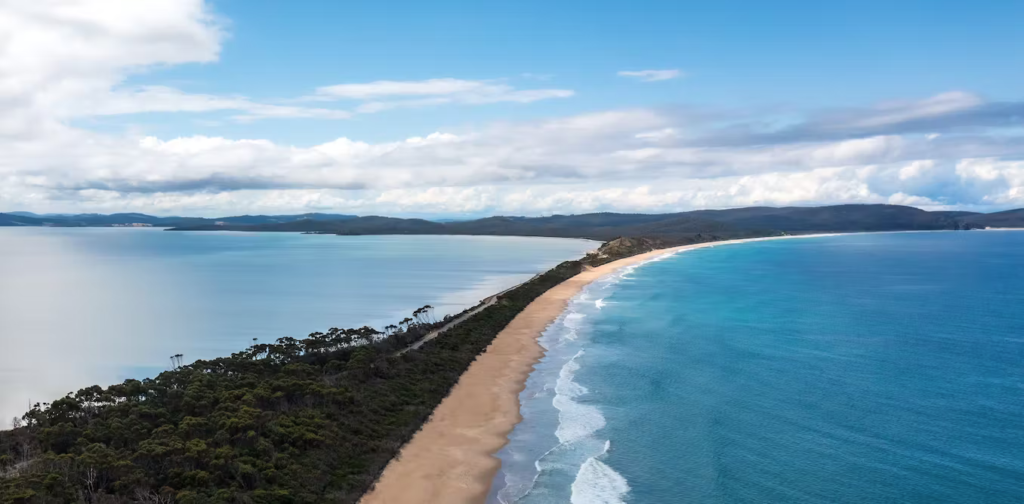Aboriginal oral traditions stretch back more than 12,000 years

The archaeology of orality: Dating Tasmanian Aboriginal oral traditions to the Late Pleistocene
I shared a conversation with Professor Patrick Nunn from the University of the Sunshine Coast, Queensland, on longevity of stories and the memories they hold, just last year. Patrick Nunn is the author of Edge of Memory and Worlds in Shadow., books well worth reading. This paper, exploring Tasmanian oral tradition, is also well worth reading. Do take a look.
Authors: Patrick Nunn, Duane Hamacher. Michelle Gantevoort, Rebe Taylor, Greg Lehman, Ka Hei Andrew Law, Mel Miles.
Abstract.
Aboriginal people have lived in Australia, continuously, for tens of thousands of years. Over that time, they developed complex knowledge systems that were committed to memory and passed to successive generations through oral tradition. The length of time oral traditions can be passed down while maintaining vitality is a topic of ongoing debate in the social sciences. In recent years, scientists have weighed into the debate by studying traditions that describe natural events, such as volcanic eruptions and meteorite impacts, which can be dated using scientific techniques. Here, we bring together a trans-disciplinary team of scholars to apply this approach to Tasmanian Aboriginal (palawa) oral traditions that were recorded in the early nineteenth century. These traditions describe the flooding of the Bassian Land Bridge connecting Tasmania to mainland Australia and the presence of a culturally significant “Great South Star”, identified as Canopus (α Carinae). Utilising bathymetric and topographic data of the land and sea floor in the Bass Strait, we estimate the Bassian Land Bridge was finally submerged approximately 12,000 years ago. We then calculate the declination of the star Canopus over the last precessional cycle (26,000 years) to show that it was at a far southerly declination (δ < −75°) between 16,300 and 11,800 years ago, reaching its minimum declination approximately 14,000 years ago. These lines of evidence provide a terminus ante quem of the Tasmanian traditions to the end of the Late Pleistocene. This paper supports arguments that the longevity of orality can exceed ten millennia, providing critical information essential to the further development of theoretical frameworks regarding the archaeology of orality.
Journal of Archaeological Science
Published: August 13, 2023 10.04pm CEST
https://www.sciencedirect.com/science/article/pii/S0305440323000997
Listen to the podcast: A Conversation with Patrick Nunn
